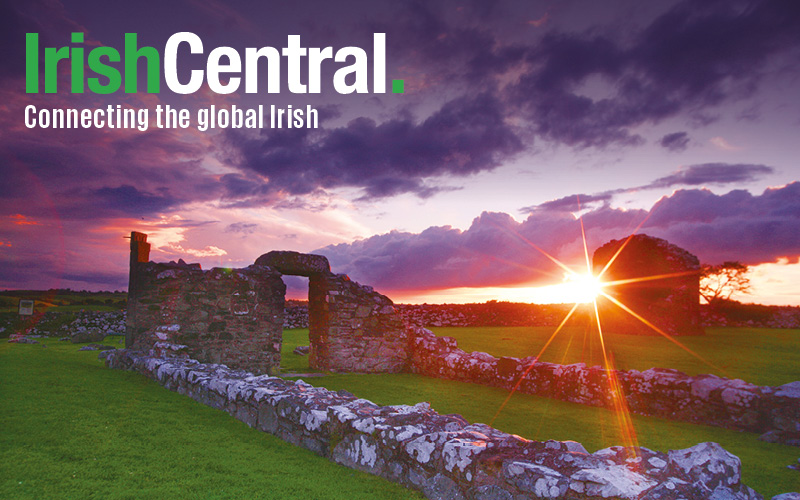The best known New Orleans neighborhood is by far the French Quarter – the oldest neighborhood in the city, the home of Bourbon Street, and an indication of New Orleans’ extensive French history.
Just a few miles south of the French Quarter is the Irish Channel – a lesser known but equally fascinating New Orleans neighborhood that speaks to the lasting influence of the Irish on the Big Easy.
It’s estimated that during the Great Starvation of 1845 to 1852, a quarter of a million Irish arrived in the US via New Orleans, and that as many as 38,000 of these emigrants remained in the city – a great enough number to make the Irish the largest immigrant group by 1850 and one sixth of New Orleans’ population by 1860.
A great number of them arrived via the Port of New Orleans and then settled along Adele Street in modest cottage homes. While the area was also home to other ethnic groups, the sheer number of Irish inhabitants lent it the name the Irish Channel.
Many of the Irish living there worked along the nearby riverfront. Thousands of Irish worked on and even died while digging New Orleans’ New Basin Canal, starting in the 1830s. The New Basin, built to rival the city’s main Carondelet Canal, was a massive undertaking – 60 feet wide and 6 miles long, later extended to 100 feet wide. Thousands of Irish toiled on the canal, and though the actual number of deaths remains uncertain it’s believed that anywhere from 8,000 to 20,000 Irish died from cholera, malaria and other diseases spread via the worksite, many buried without ceremony.
So, here was New Orleans' Irish Channel? Richard Campanella of @TulaneNews explains. @IrishCentral @IrishNetworkUSA pic.twitter.com/8kDRNIKWZu
— Sheila Langan (@SheiLangan) November 7, 2014
Though many of the Irish arrived in the area fleeing the famine and in dire straits, as a group they were able to come up with enough funding to see a Catholic church built to serve their needs. St. Alphonsus Catholic Church was completed in 1857 and still stands today as an arts and cultural center. In November, it also hosted the symposium portion of New Orleans’ International Irish Famine Commemoration.
The Irish Channel, though no longer predominantly Irish, is still the center of Irish culture and activities and the starting point of the St. Patrick’s Day parade each year. As one might expect from a city known for its parades, the New Orleans St. Patrick’s Day parade is a joyous, colorful affair. Instead of just the beads thrown on Mardi Gras, parade-goers throw cabbages, onions, carrots and potatoes, which people take home to make soup.
If you live in or know of a city, town, or even a street with a distinctly Irish name and history, let us know in the comment section! There's so much Irish influence to be explored.




Comments